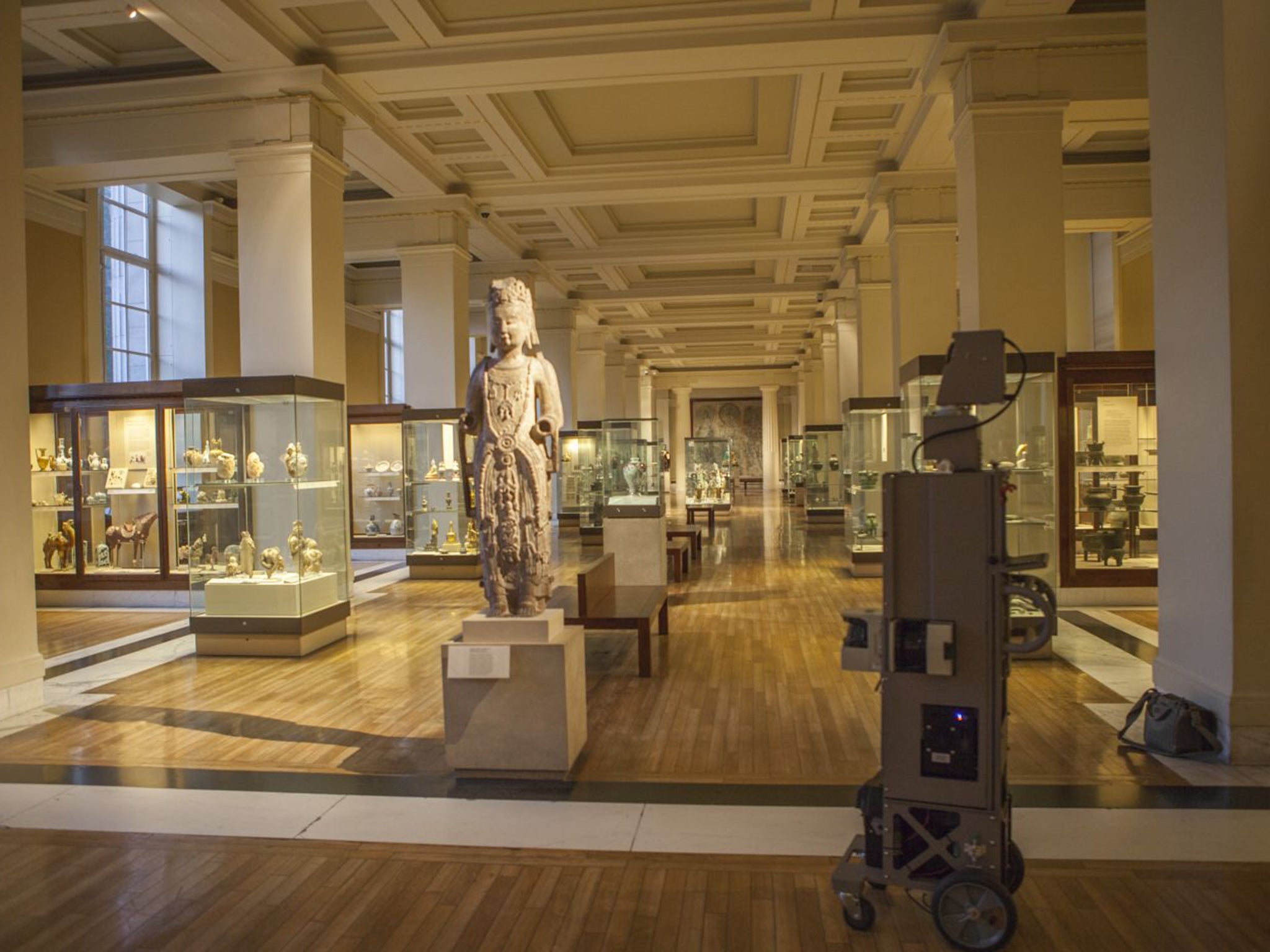The British Museum gleams with stolen riches from its colonial past – but Asian names are too 'confusing' for inclusion
Any visitor to the museum from a colonised country is aware of their own past the minute they step into the museum: history, jewels and finery ripped away from their country to be held in Britain, a colonial cultural massacre of sorts in itself. And perhaps Asian names wouldn't be so confusing if their staff were more diverse

When you have a name that perhaps sounds a little different – unusual, perhaps – some might ask: “How is that pronounced?”, comment: “Oh, that’s lovely”, or even: “What does your name mean? What are the origins?” As someone with one of those names – Shazia Awan – I’ve taken it in my stride while growing up in Wales, just as my sisters did too.
What’s in a name? Well, an awful lot about identity, culture, heritage, for starters. The name of a person is a fairly fundamental thing to at least try and get right – at least, that is, if you have any basic manners or sense of social cohesion.
As a proud Welsh East African Asian, with a wealth of culture and heritage (which I’m always very happy to talk about), I was more than a little taken aback to see a curator from the British Museum (from the Asian collection, no less) say this week that they just find Asian names terribly confusing, erm, because, well, teenagers just find them too hard to understand.
During an #AskACurator Twitter session with curator Jane Portal, the main British Museum account tweeted, in a conversation about labelling and making information accessible in the exhibits: “We aim to be understandable by 16-year-olds. Sometimes Asian names can be confusing – so we have to be careful about using too many.”
Imagine the uproar if a museum anywhere in the world said the array of beautiful Celtic names are simply too confusing to include in full: Anwen, Carwyn, Seren, Myfanwy. I could go on.
Not only do the British Museum, who have since apologised, look foolishly dismissive of young people and what they have the ability to grasp (in this case likely the arduous task of saying a friend’s name correctly) but this position is incredibly insulting to any British person whose culture or heritage means that they don’t have a quintessentially British name.
In pretty much every museum and many a school lesson, we are exposed to the Greek and Roman historic names for objects, places, gods and people. But, apparently, any names that link to Asia are just a little bit too much for your average teen to cope with.
Perhaps, if this article ended up enshrined in the hallowed halls of the British Museum, I could be Sharon Owen. Is that less difficult? What message does this send to young British people with Asian names here in Britain and other western countries?
Let’s not forget that the British Museum is a public body, sponsored by the UK government’s Department of Culture, Media and Sport with the aim of holding a collection of work representative of world cultures for the “benefit and education of humanity”. What benefit it is to tell millions of people in the UK – people whose taxes pay toward the upkeep of the museum – that their names are too long and confusing to bother about, I’m not entirely sure.
The British Museum received £39.2m revenue and £2.6m of capital grants in aid from the Department for Culture, Media and Sport in 2015/16. Perhaps a small amount of this might usefully have gone on equality and diversity awareness training for the curators.
The most disappointing thing about this whole sorry affair for the British Museum, of course, is that the tweet was composed by someone whose job title is “Keeper of Asia”.
If anything, we should be holding the British Museum to a higher standard than other institutions on cultural sensitivity. It is, after all, meant to be an institution promoting learning and an awareness of cultural heritage.
Moreover, there should surely be some self-awareness there: it’s all too obvious that the British Museum gleams because of the looting of counties with these confusing foreign names. Indeed, as others have observed on numerous occasions, any visitor to the museum from a colonised country is aware of their own past the minute they step into the museum: history, jewels and finery ripped away from their country to be held in Britain, a colonial cultural massacre of sorts in itself.
The days of the British Raj are long dead. With that, the arrogance and sheer ignorance of saying people have “confusing Asian names” should have died. But alas the British Museum has shown us in one single social media blip that cultural imperialism is very much alive and kicking.
The truth is that young people aren’t so unsophisticated that they can’t pick up a name. If they can navigate the complex world of social media, they can certainly pronounce a less familiar name.
The rather harsher reality that the British Museum have to face up to is that the names they class as confusing are only such because the staff presume they are. In this case, such a blunder is reflective of not having a diverse workforce. The British Museum really must do better – a lot better.

Join our commenting forum
Join thought-provoking conversations, follow other Independent readers and see their replies